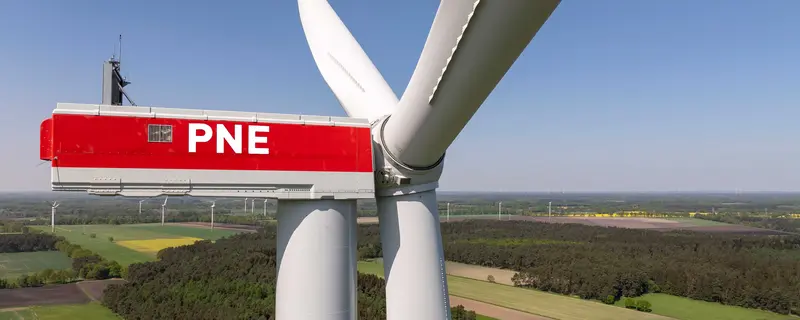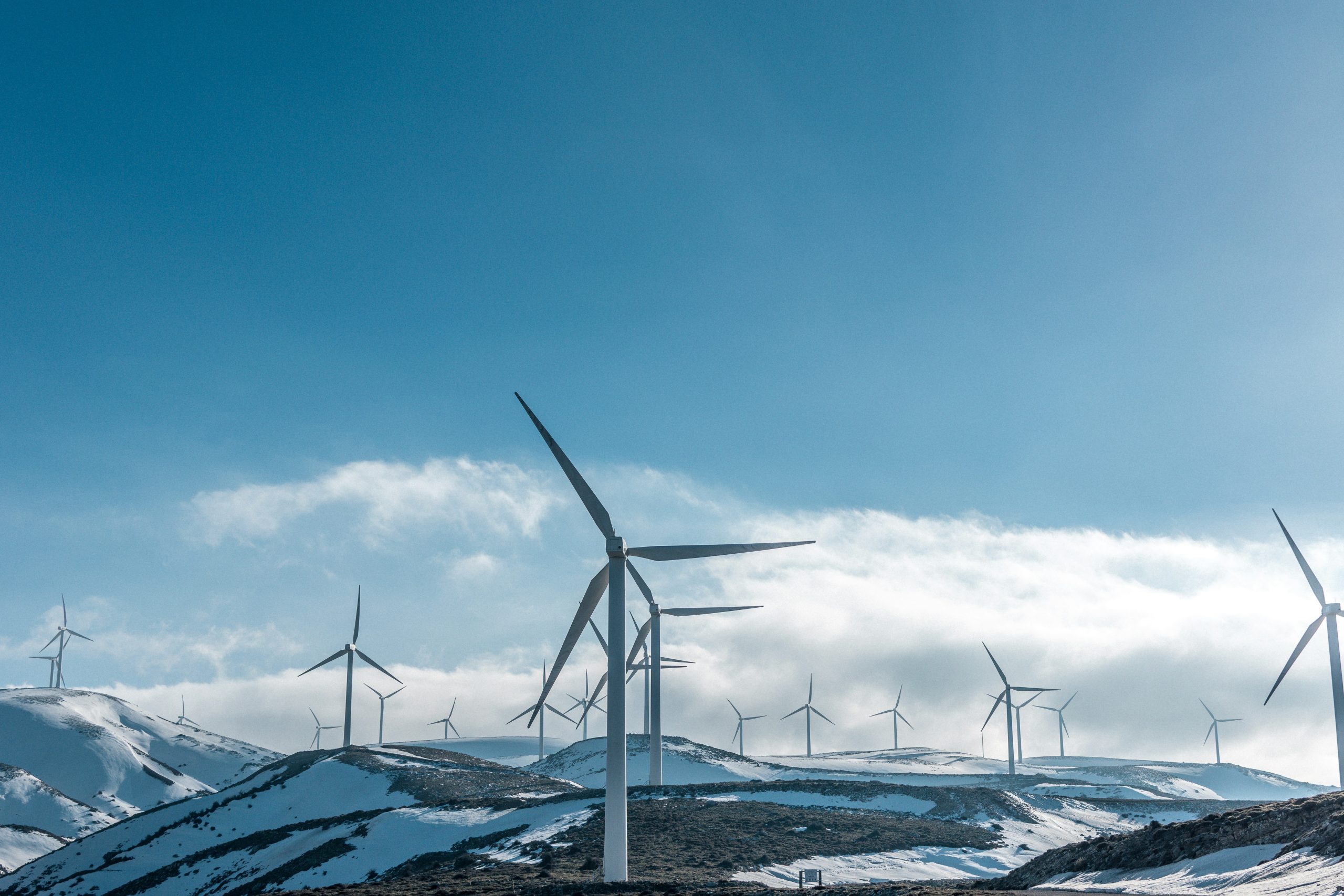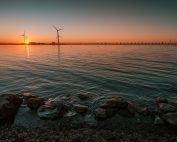On the 20th of May 2022 DNV hosted a Technical Seminar on Electrical Systems for Offshore Wind. BalticWind.EU was a media partner of the event, which was held in a hybrid format in Gdynia. The overarching topic of the seminar is crucial from the perspective of offshore wind development, as the electrical interconnection systems constitute the core in the energy production. One of the sessions held during the seminar focused on the challenges and opportunities in the export infrastructure for offshore wind farms. BalticWind.EU asked Seminar moderator Michał Gronert, Senior Engineer in DNV, to further explore the aspects of export infrastructure and electrical systems.
Why are the properly designed export (transmission) infrastructure and electrical systems crucial for offshore wind farms?
Firstly, we must say that the power evacuation system is an essential element of power energy systems, both onshore and offshore. Offshore wind farms and the power transmission systems are elements that form a single unit. The power industry would not exist without an effective system transferring the produced energy to consumers. Export infrastructure is crucial for Offshore Wind Farms due to several factors. The availability of the export infrastructure impacts how effectively the energy generated offshore can be transported to the grid. It is essential for the export cables to provide an efficient and reliable operation.
When speaking about the design of an export (transmission) infrastructure we consider not only the overall architecture of the electrical systems – it has to provide sufficient redundancy and reliability. It should also allow seamless maintenance and finally it must fulfill all the requirements set by national regulations and grid codes. This means there is a need for the system to ensure robust control and protect the electrical infrastructure but also monitor the power quality indicators, such as reactive power or harmonics, at the connection point. Verification of the transmission system, selected components and evaluation of the power delivery reliability are a part of DNV’s service offering.
The CAPEX related to export cables is not a major part of the entire CAPEX project, however, any failure of an export cables system will significantly impact the project operation. Any cable repairs will not only result in costly work conducted offshore but also curtailments of the wind farm operation, which lead to revenue loss due to unsold MWh.
What role does DNV play in this field?
From the project engineering perspective, export infrastructure is also a critical interface between the developer and the TSO (Transmission System Operator), a very important stakeholder for the offshore wind farms. Both parties have the same goal – to have a seamless integration with the grid – but sometimes the perspective on the topic might vary. We at DNV can support both parties. On the one hand, we work with TSOs advising how to develop technical requirements for the integration of offshore wind farms with the grid and share experience between various markets, on the other hand, we also provide engineering services to optimize electrical systems. We have competencies and a vast track record in providing independent services related to export cable current carrying capacity estimations, power flow analyses, short-circuit analyses, power system and components (wind turbine, substations, converters, etc.) modeling, stability of the power system, reactive power evaluations, switching transients and system stability, protective relays coordination, voltage drop and power losses estimations and finally analyses of harmonics, filters and resonance phenomena. We understand the criticality of cables in the economics of the projects and have in-house, top notch competencies related to the physics of cables; sharing practical experience related to the dynamic load for offshore cable, just to give an example. The Energy Systems Business Area in DNV is a “one stop shop” for electrical system engineering. We share our insight gained during engineering works at various projects around the globe and with a long heritage including KEMA, which is now part of DNV.
What are the main conclusions from the debate you led at the DNV Seminar? What opportunities do designers of export infrastructure for offshore wind farms face?
The debate we had at the seminar was a constructive journey to the future of the offshore grid. We see huge investment plans in the transmission grid. It is not only an opportunity to find the capacity for the upcoming offshore wind projects in Poland but also to reshape and strengthen the grid. It is worth remembering that the investment plan seems to be the largest upgrade program observed since decades. It changes the gravity center of the national transmission grid more towards the North of Poland. This also opens many questions on how to transport electrical energy across Poland to the areas with largest consumption centers. As we heard during the seminar this appears to be just the tip of the iceberg of upcoming investments. We observe that the ENTSO-E flagships are focused on Pan-European grids. This would enhance the availability and reliability of the grid in a more complex topology.
This is where we see our role as a DNV to provide an independent engineer’s view on the technical integrity to ensure secure operation of hybrid AC and DC grids. The coexistence of the two technologies brings the need to introduce new standards integrating multiple vendors of HVDC and HVAC technologies. This is a challenge not only for designers but also for organizations like ENTSO-E and various TSOs to work on common standards of interfaces and coexistence of various components on those hybrid systems. This would lower the cost of grid development, remove uncertainties and change the bespoke design approach to a more repeatable practice.
How to prepare for the connection of so many (and such large) offshore wind farms? What should designers of export systems in the Baltic Sea Region pay attention to?
We need to understand that the connection of so many Gigawatts (GW) coming from independent projects is not only a significant change of the grid in Poland, but also in other Baltic states. This requires upgrade and reconfiguration of the entire system, and this is the reason why DNV sees such complex requirements in existing regulations in Poland on export infrastructure analysis. There is a need for a standardized and independent analysis of the export infrastructure design to make the integration of so many GW into the system as smooth as reasonably possible. Designers should consider using the state-of-the-art practice existing across the world supported by risk-based evaluation of the design. Designers must be open for new technologies, be ready to use more advanced engineering-scientific – wise tools and approach to designing and be prepared to evaluate and document the feasibility of the cutting-edge solutions proposed.
This would allow us to learn from mistakes already made elsewhere and consider the specifics of changing the grid environment. The sole responsibility of the TSO for the transmission system in Poland could benefit from close cooperation with organizations like DNV to establish standards for future robust power systems. The system can accommodate already planned power but also be flexible in connection with new sources of energy including storage and hydrogen driven plants.
Source: BalticWind.EU














